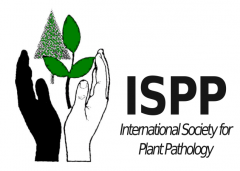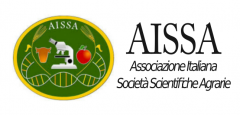
Multilocus sequence typing analysis of Italian Xanthomonas campestris pv. campestris strains suggests the evolution of local endemic populations of the pathogen and does not correlate with race distribution
Plant Pathology
2019 - Vol. 68 - pag. 278-287Authors: P. Bella C. Moretti G. Licciardello C. P. Strano A. Pulvirenti S. Alaimo M. Zaccardelli F. Branca R. Buonaurio J. G. Vicente V. Catara
Xanthomonas campestris pv. campestris (Xcc) is the causal agent of black rot in Brassicaceae. It is widespread in Italy and severe outbreaks occur under conditions that favour disease development. In this study a multilocus sequence typing approach (MLST) based on the partial sequence of seven loci was applied to a selection of strains representative of the main areas of cultivation and hosts. The aim was to investigate whether the long tradition of brassica crops in Italy has influenced the evolution of different Xcc populations. All loci were polymorphic; 14 allelic profiles were identified of which 13 were unique to Italian strains. Based on the seven loci, the most common genotype within the Italian Xcc strains (AP1) was also the most representative genotype found in worldwide Xcc strains. This genotype was included in a new clonal complex in addition to three other clonal complexes already identified in Xcc populations. The phylogenetic reconstruction using a concatenated dataset of four conserved protein‐coding genes, dnaK, fuyA, gyrB and rpoD, showed that the Italian strains belonged to two genetic groups. Physiological races were also investigated for the first time in Italy. The race structure of Xcc was determined by inoculating eight differential Brassica lines belonging to five species and showed that, in Italy, race 4 is the most widespread, followed by races 1 and 6. No correlation was found between allelic profiles, host of isolation, geographical origin and races, although a prevalent race was identified within the same clonal complex.
Back Downloads
Bella_et_al-2019-Plant_Pathology.pdf (258 KB)




